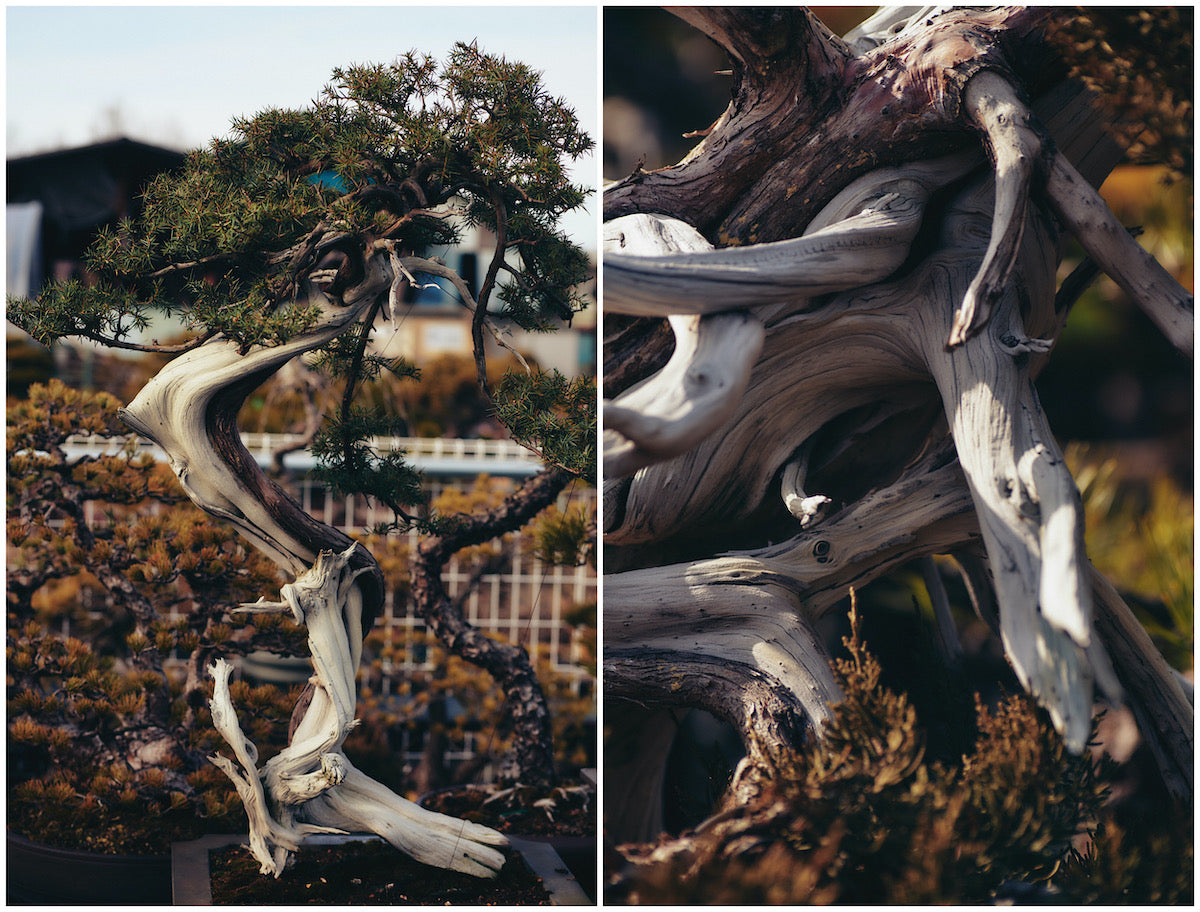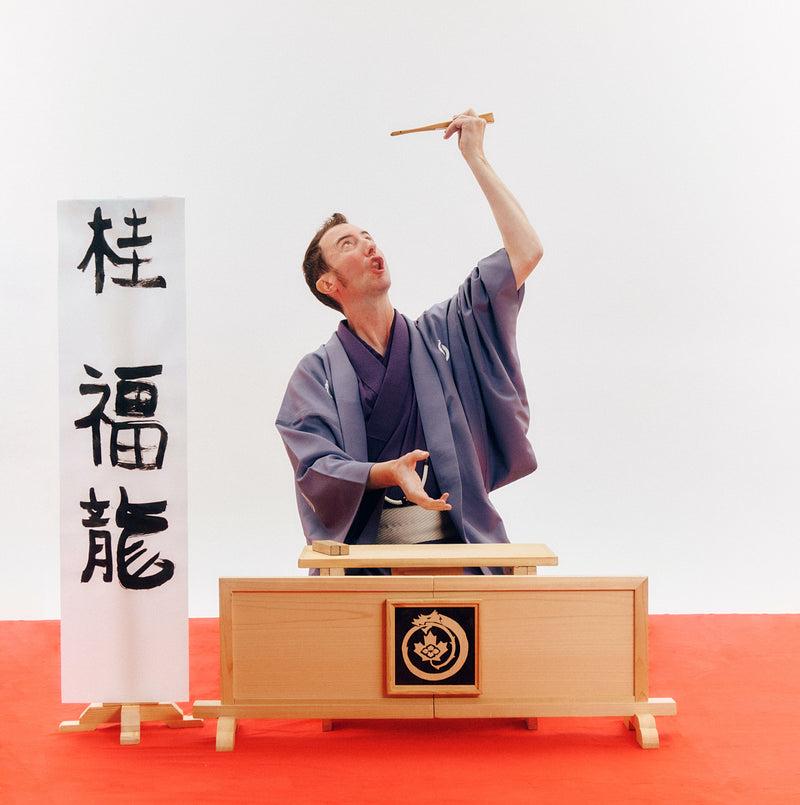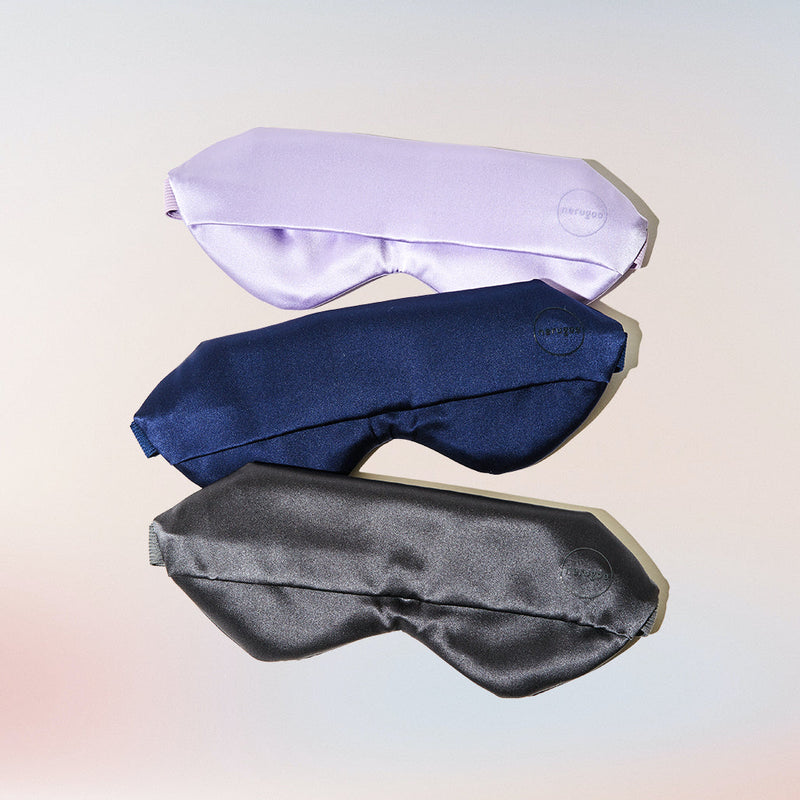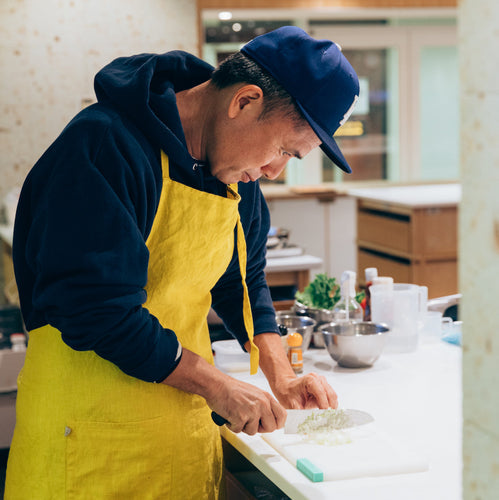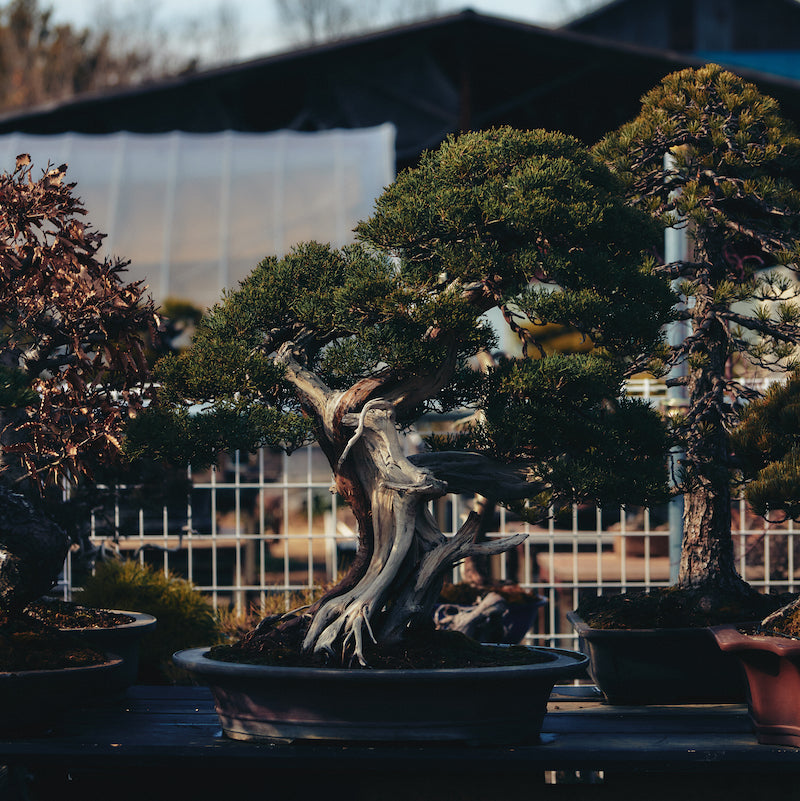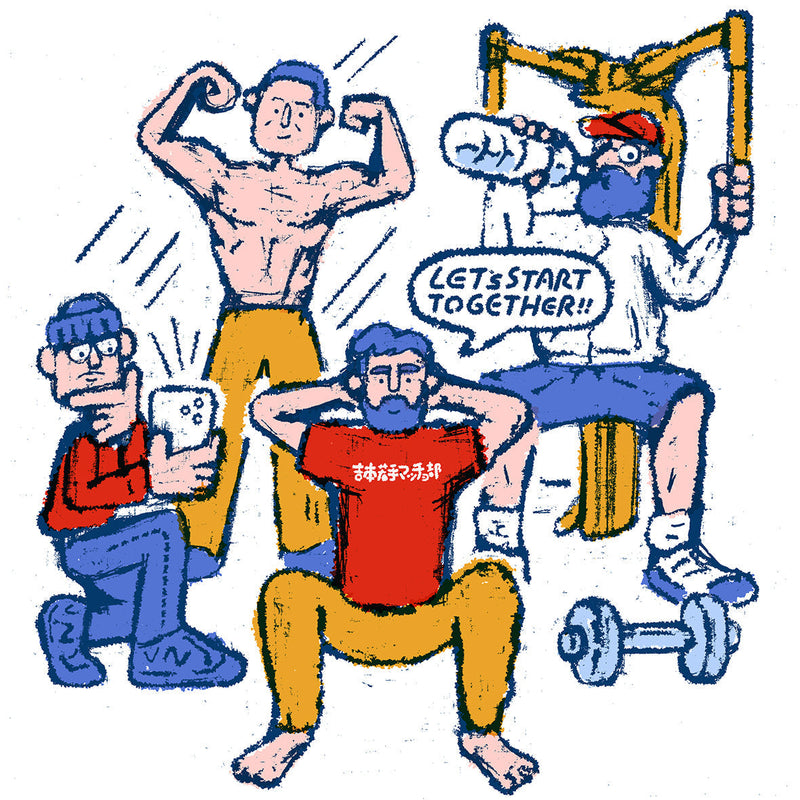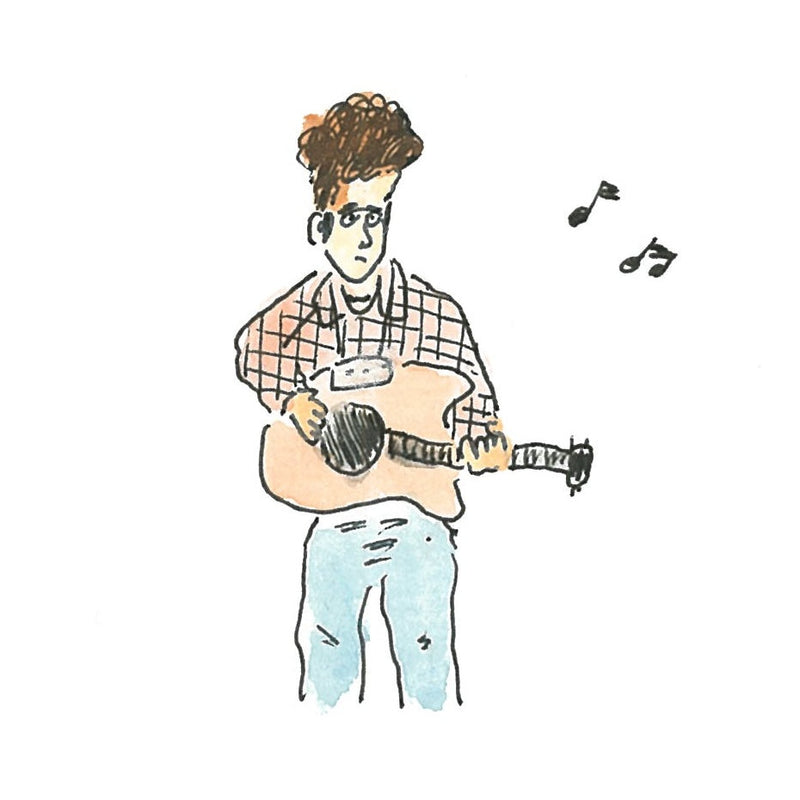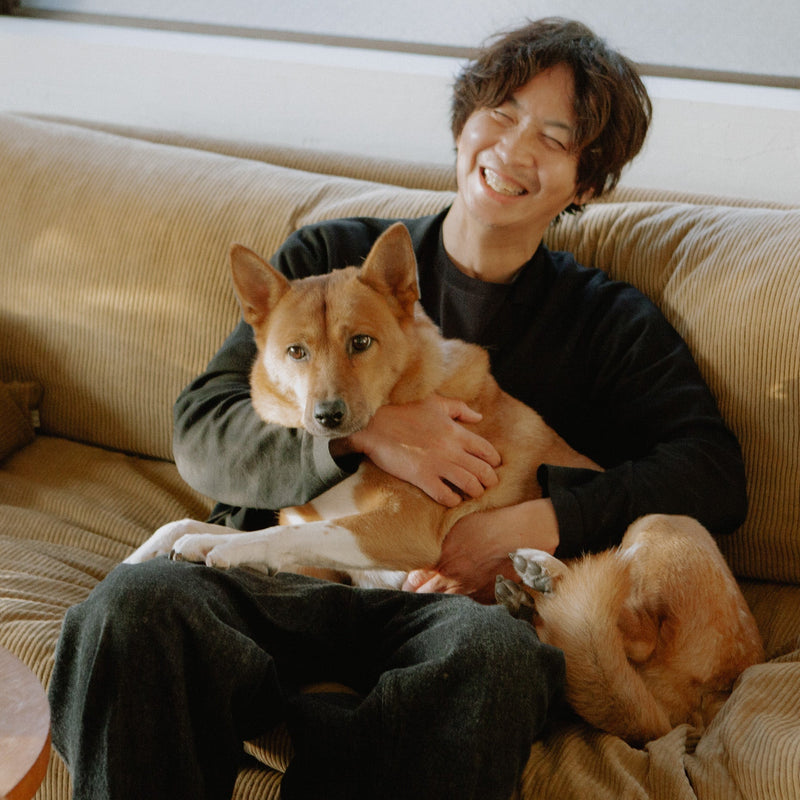-This is powerful and extremely cool.
It's a nice piece. It's a type of juniper tree, and the dead, white trunk is called the "shari" and the living part is called the "mizu-suki." The contrast between the two, which symbolize life and death, is striking and very popular.
-What does bonsai represent?
There are various theories, but it is believed that the Chinese culture of "bonkei" was imported to Japan and developed there. Bonsai is a way of expressing natural beauty in a pot. There are theories for creators, but as a hobbyist, I hope you will enjoy it freely. You can try growing bonsai, or just enjoy it without growing it, and everyone can enjoy it in their own way.


